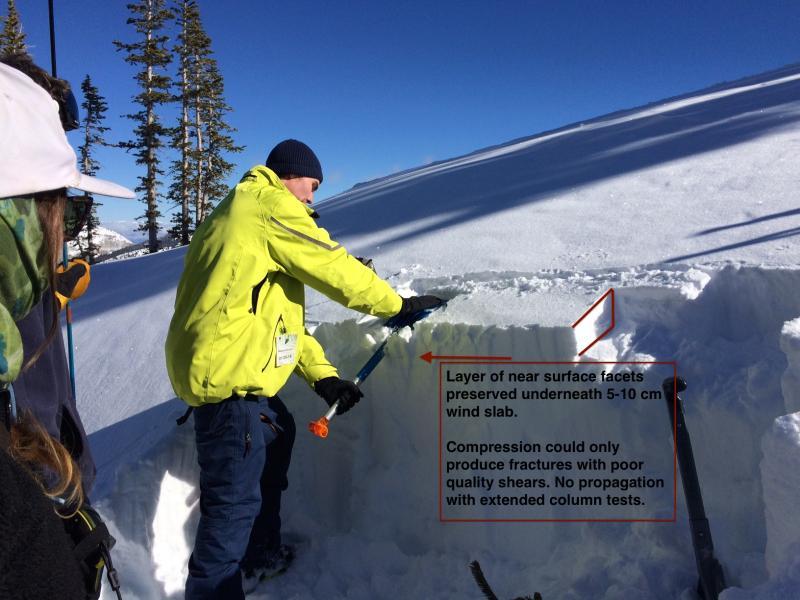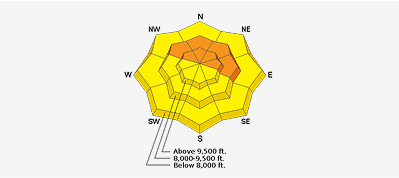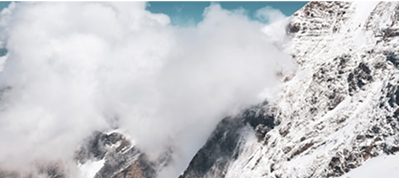Toured with a group of Westminster college students today in a Level 1 class. This observation is a summary of what we found:
- Overall Low danger with a solid supportable snowpack to the ground.
- Upper LCC is still (somehow) holding onto snowpack depths of a meter on shady aspects. The snowpack is supportable and quickly goes from 4F to 1F
- We were able to find one spot on a westerly aspect with wind drifts up to 5-10 cms (2-4") thick sitting atop some near-surface facets. The wind slab was 1F to P hard and was cracking locally around your skis, but cracks were not propagating any further.
- Shovel tilt test were getting clean shears at the interface between the wind slab and the old snow surface.
- Compression tests varied widely ranging from CT15 (10 taps from the wrist + 5 taps from the elbow) to CTN (no fracture.) Quality on one compression test was Q2, but mostly Q3. (This surprised us a bit as we were getting clean shears with shovel tilt.)
- Overall we felt the wind drifts were only appearing in small pockets at the elevations we were traveling (10,500') and they were not showing any energy with ECTN15 to ECTN20.
- Using the Strength -> Energy -> Structure model, we were finding (1) Strength = Strong. (2) Energy = Low. (3) Structure = Strong.
Few photos from today's group. This is Hannah taking a look at the wind slab from the easterly winds overnight.

Bridger demonstrating an extended column test.

Hannah demonstrating a compression test. Very subtle fracture in a layer of near-surface facets sitting just below the wind crust at 14/15 taps.
We're in good hands going forward with a group of strong, young riders developing solid avalanche awareness skills.






